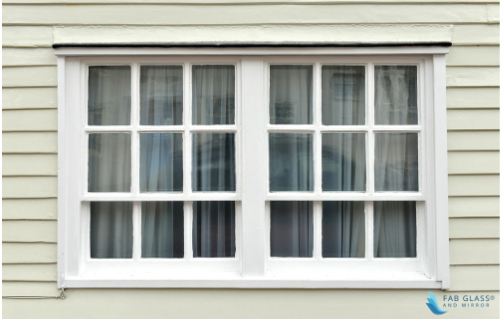As a welder, you have a duty to choose the right helmet. This is about your safety and you cannot gamble with choices, so the best course of action is to pick a helmet that guarantees you safety. The helmet you choose must meet the ANSI 1-2003 standards that comment that a helmet should pass independent testing for high velocity impact and offer 100% protection against ultraviolet rays. Therefore, to meet all these standards you need to be careful when buying a helmet as failure to satisfy these conditions could expose you to risks.
Auto-darkening vs. passive lens
Welding shades are rated in numbers and these numbers usually refer to the ability of the lens to filter light. Auto-darkening lenses are rated well according to ANSI Z87.1 and give 100% protection against UV and infrared rays. A passive lens is made with IR- and UV-coated glass that has a fixed value, in most cases #10. Although passive lens helmets have satisfied different conditions, they also have some shortcomings that could make you choose auto-darkening lens helmets.
Passive lens helmets may appear difficult to use to someone who is new to this type of helmets. This is because it can become frustrating to position the electrode perfectly when you snap the helmet into place. This could result to poor weld starts, which may cause weld defects and create the need for excessive grinding.
There is also the repetitive work of trying to flip the helmet up and down to position it, and this can lead to neck fatigue and sometimes injuries.
If the helmet fails to lock into position or when the timing is not proper, it can cause arc flashes when the ark hits before you put the helmet in place.
The issues discussed above are all addressed by an auto-darkening lens helmet, and this could make you prefer these over passive lens helmets. Most auto-darkening shades come equipped with #3 or #4 shade that is easy to see through, and its sensors will darken the lens when they sense an arc.
The helmet is also held in position as you do your work, and this means you easily address the head snaps problem when you move the torch. You will not get sloppy starts and the benefit of all this is improved wield quality. You can see more about this topic to understand the different choices available for auto-darkening lens helmets that you can buy.
More helmet considerations
There are additional factors you should take into account when looking for a helmet that could also help you. These include the weight of the helmet, which is important as you have to minimize strain on your neck. A light helmet makes your work easy and you will not suffer fatigue.
If you practice welding, you should take time to search for the right helmet. Doing this will not only improve your accuracy, but it could also be a safety measure that will ensure you don’t get hurt while working. While you may be motivated to buy the cheapest helmet, it is always advisable to consider getting the best quality as you cannot substitute your safety for anything.








